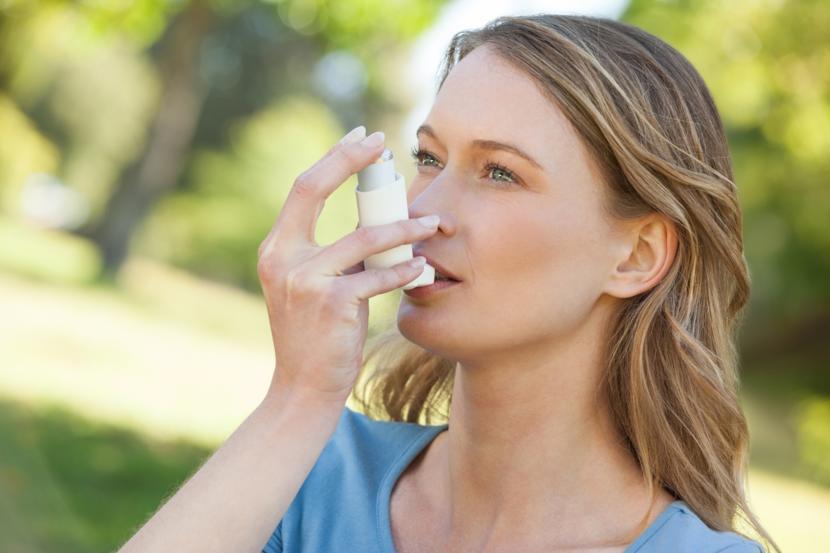What Are the Causes and Symptoms of COPD?

Chronic obstructive pulmonary disease or COPD is a lung disease that affects breathing. Airflow to the organ is blocked due to the damage to lungs.
COPD is of two types:
- Chronic bronchitis – In this condition, excessive production of mucus by the inflamed bronchial tubes block the airways affecting breathing.
- Emphysema – The air sacs lose its flexibility making it difficult to breath.
The damage done to the lungs in this condition cannot be reversed, but appropriate treatment will help to prevent further damage to the organ and improve breathing.
Symptoms of this condition appears only after the lungs have had considerable damaged. The most common symptom of this condition is a chronic cough, which persists for a long time.
Other common symptoms include:
- Shortness of breath
- Cough that brings up mucus
- Color change in mucus
- Fatigue
In severe cases of COPD, the following are also noticed:
- Wheezing
- Tightness in the chest
- Bluish nails and lips
- Respiratory infections
- Weakness
- Weight loss
COPD has periods of exacerbations during which the symptoms flare up and remains for days together.
The most common cause for developing COPD is smoking. It is also seen among women who are exposed to smoke and fumes from burning fuel.
Some of the risk factors for this condition are:
- Passive smoking – Even if you are not a smoker, exposure to second hand smoke increases the risk of getting this disease considerably.
- Exposure to irritants – Prolonged exposure to chemicals, industrial dust and fumes enhances the risk of lung damage.
- Neonatal lung disease – Preterm births that lead to the damage of lungs also result in COPD after a period of time.
- Genetic factors – Presence of genes that result in the deficiency of alpha-1-antitrypsin, a protector protein of lungs, starts to have the symptoms of COPD by the time they are in their 30s. The risk is multiplied if the person is a smoker.
- Age – People who are above 40-years-old are found to have increased risk of this disease.
One should go to the doctor immediately if:
- Breathing stops
- they develop severe chest pain
- they have severe breathing difficulty
- cough up more blood
- have swelling in the legs
- develop very high fever
- develop flu-like symptoms
















